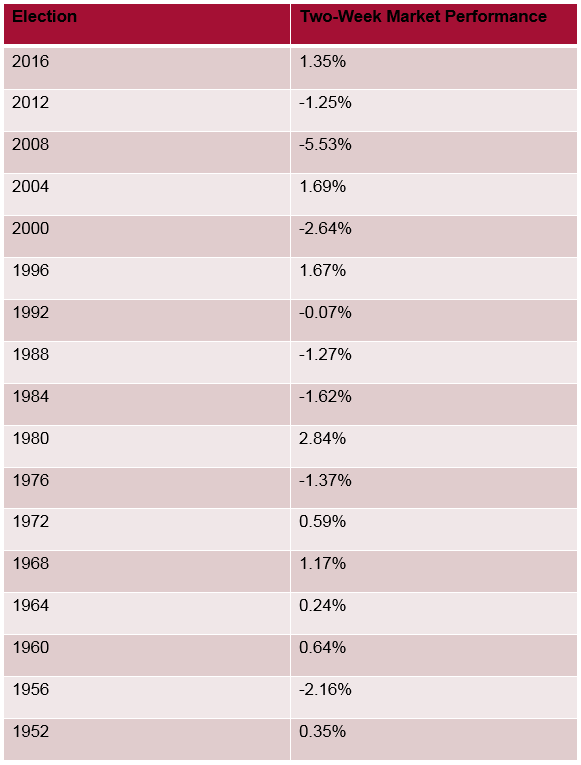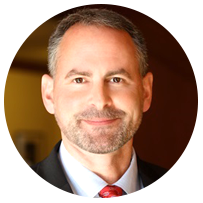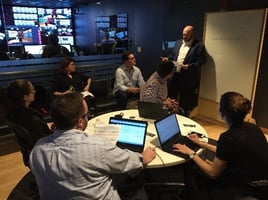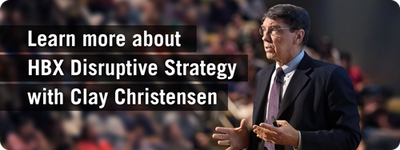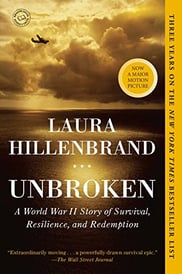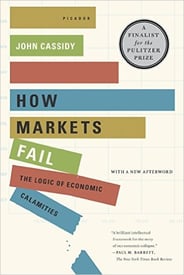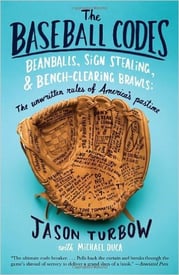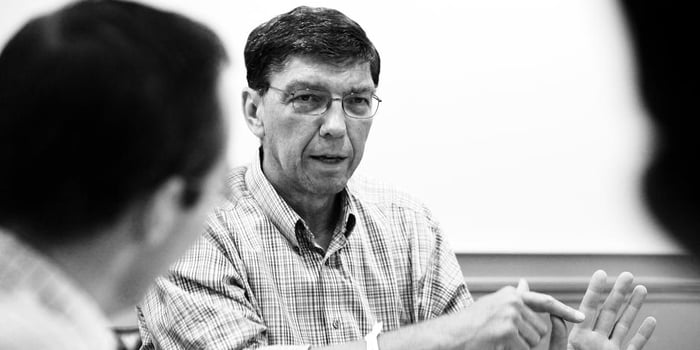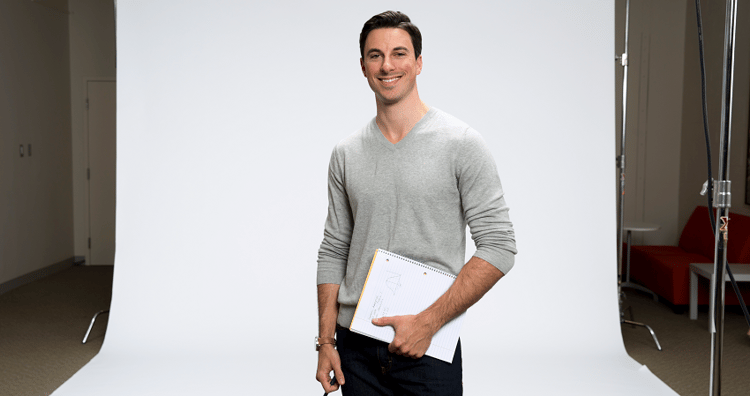
As Programming Manager for HBX Live, I oversee the development and delivery of programs via our virtual classroom. For those who are not already familiar, HBX Live was designed to reproduce the intimacy and synchronous interaction of Harvard Business School’s famed case study method in a digital environment.
Participants from around the globe can log in concurrently and join real-time, case-based sessions. In our custom-designed studio, a high-resolution video wall mimics the amphitheater-style seating of an HBS classroom, where up to 60 participants are displayed on individual screens simultaneously.
Since I started this role, I have been approached countless times by participants, potential partners, and individuals at Harvard and other colleges and universities with the same question – what does it take to run a class in a one-of-a-kind virtual classroom?
The short answer is a lot of coffee, a lot of coordination, and an awesome team. The long answer? Keep reading for a behind-the-scenes look at a recent session.
5:30 AM – Wake Up Call / HBX Live Runs on Dunkin
Most HBX Live sessions reach learners around the world – it isn’t unusual to see 20 or more countries represented in the virtual classroom. One challenge, of course, is finding a time that works for as many time zones as possible.
In this case, it meant a very early morning (I set alarms for 5:30 AM, 5:35 AM, and 5:40 AM just in case…) to reach participants in Japan, New Zealand, India, Singapore, Australia, and a host of other nations before the end of their day. As a result, you can usually find most members of the team at the Dunkin Donuts across the street from the studio before the morning officially begins.
6:30 AM – Bringing the Virtual Studio “Online”
Even though HBX Live is part of Harvard Business School, the virtual classroom is located in a studio at WGBH, the local public broadcaster. Because our approach to producing each session borrows aspects from film and television, this location provides access to the talent necessary to support each session and the infrastructure needed to host the 60-participant video wall and other aspects of the virtual classroom.
Between sessions, we power down the video wall and collapse the set so that another program can film in the studio. When the team arrives at the studio, the classroom is offline. The first step in our process involves some heavy lifting to put everything back together again.
7:00 AM – Production Meeting
Once the studio is online, we pull the entire team (including any guests we have in the studio) together to review the rundown for the production.
Before the session, the producer reviews the outline and other materials provided by the faculty member to create a minute-by-minute breakdown of the session. This provides team the information that they need to oversee the production of the session from the control room.
7:30 AM – Faculty Meeting
After the production meeting, a member of the team meets with the faculty member for the session and review the plan for the class. At this point, we have already had multiple pre-session conversations focused on the capabilities of the studio and the faculty member’s plans for the session. We use the majority of this time to confirm important details (such as the use of polling, chat, or multimedia) to make sure that everyone is on the same page so that the HBX Live team is prepared to provide support from the control room as needed.
8:00 AM – Participant Onboarding
A half an hour before the session starts, we "open the doors" to the virtual classroom so that participants can take their seats. On the video wall in the studio, photos of each participant start to flicker and become gateways to locations around the world. In the past few weeks alone, I’ve had an opportunity to see rainforests, beaches, the skyline of New York City, and the Eiffel Tower through the webcams of individuals sharing a slice of the view from their homes or offices.
As each person connects, a member of our team takes a few moments to check in with them. As much as we appreciate the opportunity to learn more about each participant (and ask about the view), the onboarding period also serves another purpose – it provides one more chance for our team to check each person’s audio and video connection to ensure that they are able to have a productive session.
8:30 AM – Class Begins
At the end of the onboarding period, the faculty member takes the floor to start the session. While they focus on the content, the HBX Live team is working behind the scenes to make sure that all the other details are in place.
In the control room above the studio, a wall of monitors shows the feed from the webcams of all sixty participants and all six cameras on the studio floor. The producer and director keep an eye on the production rundown and watch the actions of the faculty member closely, making decisions about how to present each minute of the session to participants.
This might include switching between cameras or changing the layout to include shots from the webcams of participants who are engaging in a discussion with each other and/or the faculty member. Given the pace of discussions at Harvard Business School, the team in the control room must be incredibly fast and laser-focused on the session.
Down in the studio, a handheld camera operator moves around the floor, taking direction from the control room to capture shots of the faculty member that are outside of the scope of the mounted cameras. From the side of the stage, another member of the team monitors and controls the audio for each participant. This role is critical, as it allows HBX Live to feel more like a physical classroom than a conference call or web conference.
Participants' audio is “always on” and balanced from the studio floor. This ensures that participants can respond to cold calls in an instant instead of fumbling to unmute their device. It also means that jokes are met with laughter and particularly insightful comments with murmurs of approval (as opposed to the “wall of silence” you might experience on a conference call).
9:45 AM – Wrapping Up
After a session, the team heads down to the floor to meet with the faculty member. We take a few minutes to debrief on the session, touching base on what worked well and where there might be opportunities to approach the production differently in the future.
In a matter of minutes, we power down the video wall, turn off the cameras and microphones, and collapse the set so that the studio is available for other programming in the studio.
The next item on the agenda?
Head back to the office to get ready for another session.
About the Author
Dustin is a member of the HBX Live Team, focusing on program development and delivery. He holds a B.A. in Government from Colby College and a Ed.M. in Higher Education from Harvard University. In his spare time, he enjoys reading as many books as possible and worrying about the Washington Nationals.

